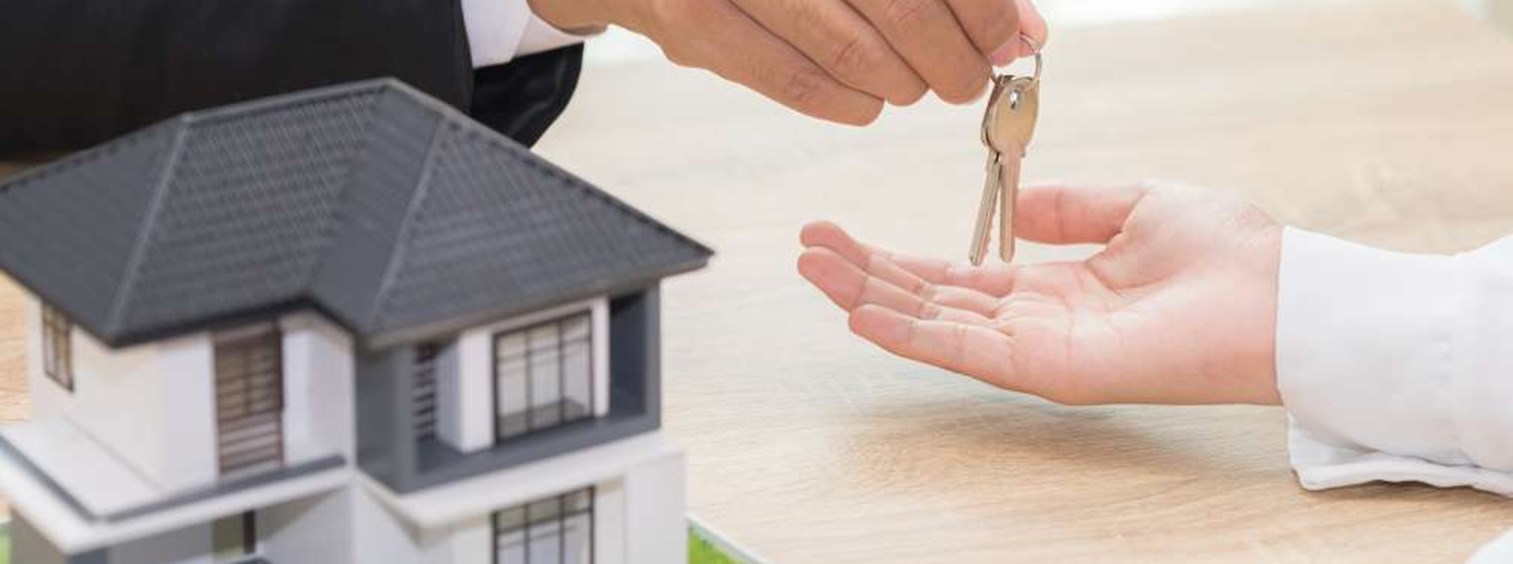What to do after a home sale? I-VO explains.

Latest Posts
Once the deed of sale has been signed before a notary, it is necessary to carry out some subsequent procedures, such as the payment of taxes, the presentation of the document in Public Records or the communication of change of ownership in the property.
- Taxes and expenses
A person residing in Spain who puts his property up for sale, at a price higher than that purchased, will have to pay the IRPF. The Tax Agency considers that the sale of a property represents an added value and, as such, should be included in the Income Tax Return. The percentage of personal income tax payable depends on the value of the capital gain, the maximum that will have to be taxed will be 23% which represents a gain of more than € 50,000.
Another tax that must be paid is the municipal capital gain, or Tax on the Increase in the Value of Urban Land. It is a tax that must be paid at the City Hall where the property is registered. The percentage depends on the value of the house itself and is calculated based on the cadastral reference and the number of years that the house has. Being a municipal tax, each municipality sets its own rates. A July 2018 ruling by the Constitutional Court and the Supreme Court annuls the payment of this tax in case of sale at a loss, but left the door open to its collection when it comes to profits.
On the other hand, the buyer also has a number of taxes to be paid. To make the payment you have a maximum of 30 business days from the date of the deeds. If it is a newly built house and it is the first sale made by the developer, VAT must be paid. The current VAT for the purchase of houses is 10% of the value of the purchase, an Official Protection housing is taxed only with 4%.
If the house is for second sale, the Real Estate Transfer Tax will be applied, between 8% and 10% (according to the Communities) of the purchase price or tax amount determined by the Tax Agency for that locality.
Finally, the buyer will have to face the Documented Legal Acts tax. The percentage, between 0.4% and 0.75% of the amount, also depends on the amount issued.
Finally, depending on the specific case, you may have to take care of other payments, such as real estate registration, the agency, the appraisal and other expenses.
- Presentation of the document in Public Records
Once the tax has been paid, the paper copy of the deed will be presented to the Land Registry for registration. It can be processed by the notary or it can be done in person. The buyer will register the property in his name, and will receive the copy of the deed, with proof of having paid the tax, and change of name.
The following documents shall be submitted to the register:
- Authorized copy of the public deed.
- Proof of payment of the corresponding tax.
- Last reception of IBI.
With all these documents, the registry performs the necessary checks and within a period of about three weeks.
Notary fees are paid by the buyer. This is the deed of sale and if you have applied for a mortgage, you have to pay the two deeds as well as pay the appraisal of the house.
- Change of ownership
Change to your name the supplies such as water, electricity, gas and others that affect the house. In the case of direct housing of the developer, make sure that you also deliver the bulletins for the contracting of water, electricity and gas.
– Address the president or administrator of the community of the property to identify yourself as the new owner, inform him of the current situation and provide an address for any notification.
– Keep all the deeds, documents, the Energy Efficiency certificate, invoices, receipts and original guarantees related to your purchase, as you may need them if you decide to sell it.
- Check the property in the register. You will only have to be waiting to receive the letter of confirmation of the move, in your habitual residence before 6 months.

